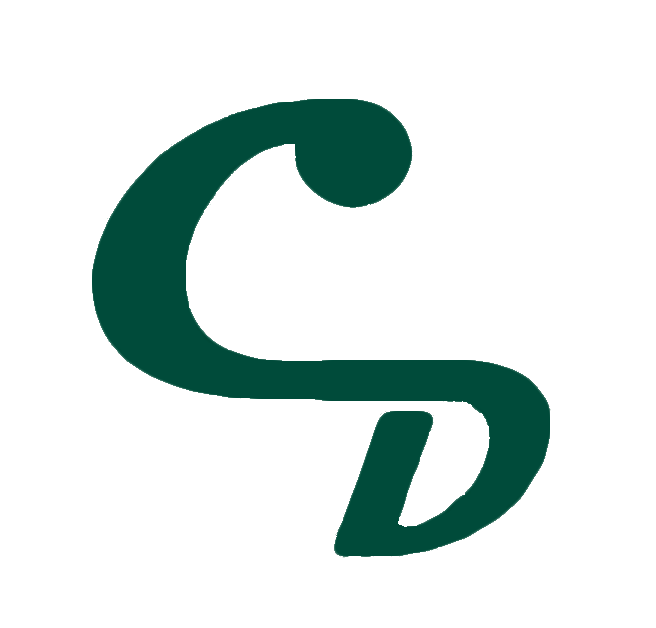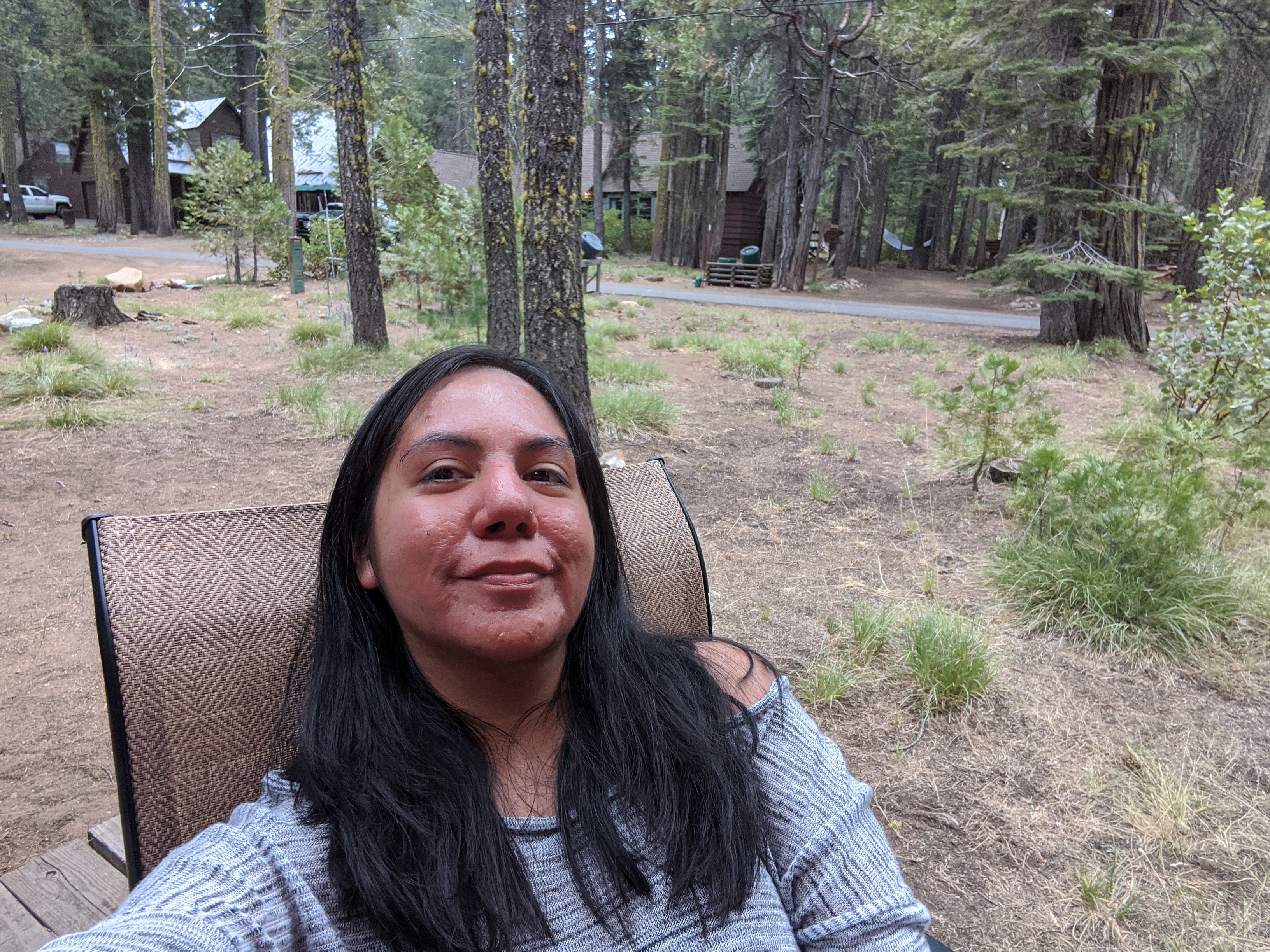Stephen Burke
CEO and Founder of Civic Duty, LLC
"I’m Stephen, an entrepreneur from Sacramento, CA who is passionate about the integration of machine learning technology into the lives of humans and a focus of using this technology to bridge the gap between systematic inequities. I come from a background in Sales, Engineering, Database Management, Front-End Development, and Project Management. My current focus as an entrepreneur is the delivery of Civic Duty Application prototype and the business infrastructure to scale. With Civic Duty, I believe we can raise our energy as a community beginning by investing in one's own self-care." -From Stephen Burke's Linked In





